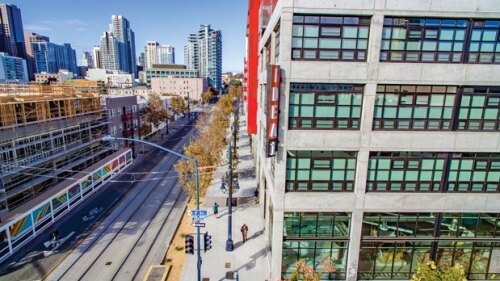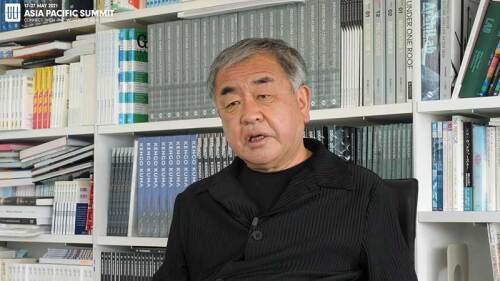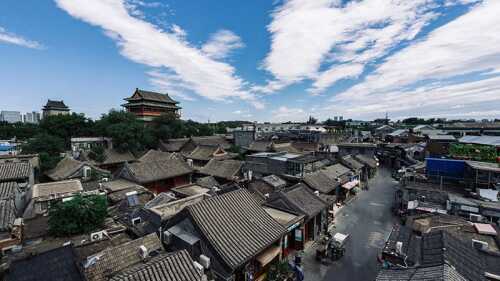Traditional Neighborhood Development/New Urbanism
Suburban greenfield projects fade away as stakeholders focus on connecting cities and reinvesting in areas with preexisting infrastructure and transit.
Humanity has reached the limits of centralization and scale, and needs a return to light, space, and nature for fulfillment, says Japanese architect Kengo Kuma.
The mayor of Paris is embracing the ville du quart d’heure—translated as 15-minute city—the first time that a leading politician in France’s largest city had backed the idea, particularly as a reelection strategy.
ULI will hold its 2019 Spring Meeting April 16–18 at the Music City Center in Nashville. A major focus of the gathering will be the ongoing evolution of urban areas into thriving places that are drawing talented workers and businesses and are magnets for investment. The Nashville metropolitan area, which has experienced an extraordinary renaissance and significant growth over the past several years, is a prime example of this movement.
Everyone thought they knew what millennials and their parents, the baby boomers, wanted in housing and lifestyle, but the two largest demographic groups in U.S. history are not behaving as many prognosticators thought they would.
A ULI Advisory Services panel was asked to focus on Beijing’s Qianmen East, a 56-hectare (138 ac) hutongneighborhood, consisting of interlinked communities of low-rise courtyard homes aligned in sequence along narrow alleys.
At its core, New York City is one of the most walkable places on Earth. But a recent analysis showed the vast majority of the New York metro area is not very walkable—even compared with other U.S. cities, like Boston; Washington, D.C.; or even newer cities like Atlanta.
Built in 1949, the Cameron Village shopping center of Raleigh, North Carolina, was one of the first in the Southeast. Decades later, Cameron Village is still thriving, with several new mixed-use developments adding increased density and energy.
Developers of master-planned communities (MPCs) must prepare for the next generation of buyers who will be more sophisticated and more discerning because they will come from urban environments, attendees were told at the 2017 ULI Spring Meeting.
A new ULI report describes the diversity and variety of suburban development types across the United States and how each are satisfying lifestyle preferences, affordability challenges, and other consumer demands.







